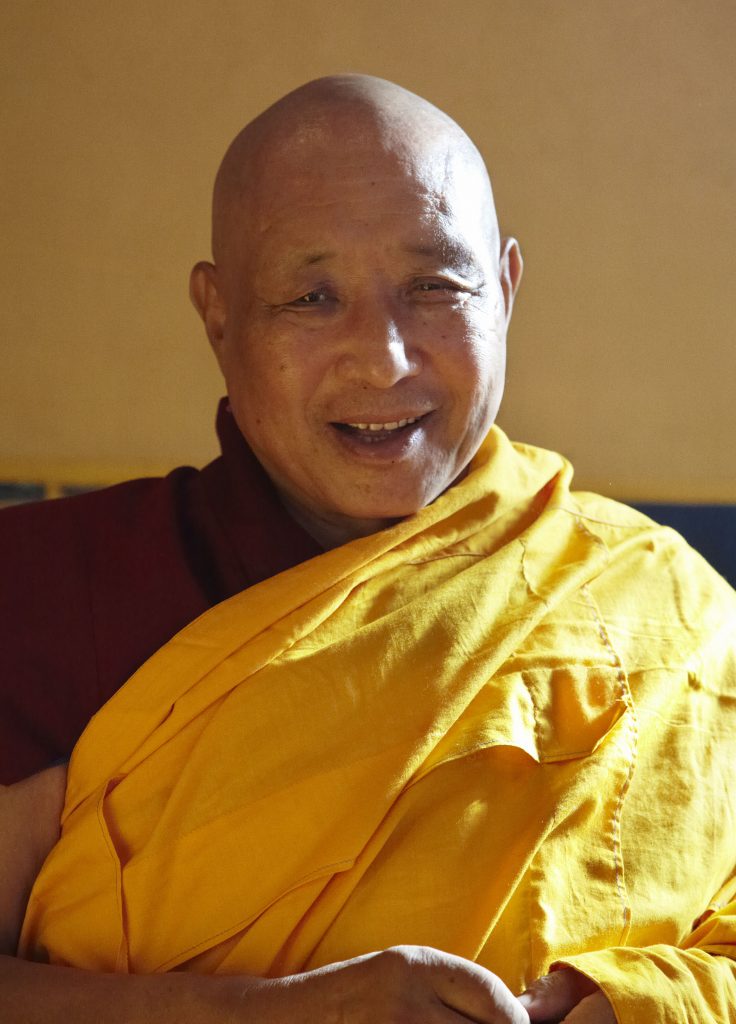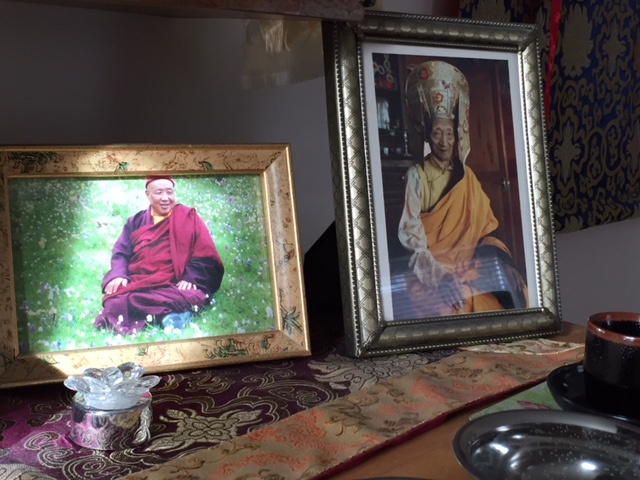30. To unite wisdom with skillful means
The five perfections, lacking inner wisdom, / are not enough for full awakening.
To cultivate the wisdom of true knowing, / united with the path of skillful means,
And not conceive the three parameters: / This is the way a bodhisattva trains.
verse 30 audio above
We are on to transcendent wisdom, the sixth and final paramita! It’s the wisdom paramita that puts the transcendence into all the preceding paramitas or transcending actions –generosity, ethical conduct, patience, diligence, and meditation. We can, of course, practice these five paramitas in an ordinary way, and if we do, we’ll be very nice, kind people with enviably calm minds. That would be a great achievement in itself. But, as all the commentaries remind us, if we don’t realize the wisdom paramita and apply it in our practice of all the others, we won’t clear away the fundamental confusion that keeps us trapped in samsara and stuck in the quicksand of emotional reactivity, ego-clinging and the three kinds of suffering.
Or, as Dilgo Khyentse Rinpoche puts it: “So here we have come to the very heart of the paramitas. Wisdom is not only the most important of the six — it is their very life force. To realize wisdom is the ultimate goal; it is the reason why all the branches of the teachings are explained.”
But wait …


